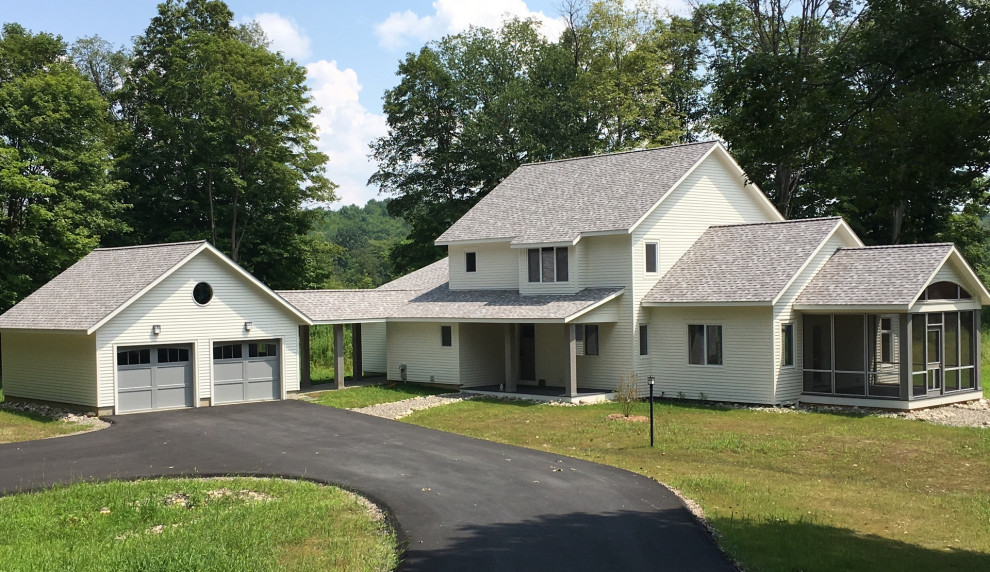Pretty Good, Passive, & Zero Net Energy

If you’ve read our previous blog entry, you’ll be familiar with the goals and strategies of Passive House (PH) Certification. Born in the generally mild climate of Germany, this rigorous energy use target has been harder to achieve across the various climate zones of the United States. Here in the northeast, the wisdom of a one-size-fits-all standard has been questioned. Recently, one North American PH provider has been working to establish a series of zones that adjusts that target to regional climate conditions. For those interested in a more in-depth look at this topic, I suggest an article by Martin Holliday at Green Building Advisor from 2015: Redefining Passivhaus, https://www.greenbuildingadvisor.com/article/redefining-passivhaus
By comparison, there are basic rules of thumb that can be used to reap many of the same benefits without the energy modeling and certification required of PH. Coined the Pretty Good House (PGH), it takes a more humble approach, and recognizes the law of diminishing returns when it comes to investment in energy performance upgrades. In our climate, the basic PGH insulation strategy is: 5-10-20-40-60. That’s R5 for windows, R10 below the slab, R20 for the foundation walls, R40 exterior walls, and R60 for the roof. For more information on this approach, see another article from 2014, Martin’s Pretty Good House Manifesto, https://www.greenbuildingadvisor.com/article/martins-pretty-good-house-manifesto
In the evolution of energy performance criteria, the two have learned from each other. Passivehaus was initially inspired by the North American passive solar and super-insulated houses of the 1970s. In turn, Pretty Good House has benefited from the pursuit of efficiency in Europe that has resulted in vast improvements to heating, cooling, and fresh air technology, as well as to windows and other construction assemblies. Those in turn have been imported back to North America. Although I get excited about the super-efficient potential of Passive House, I tend toward a more practical side. A good balance of investment, with comfort and efficiency, is the kind of approach that Pretty Good House can provide.

There is another aspect to home energy use and reducing dependence on fossil fuels, that being active solar photovoltaic (PV) systems, as mentioned in the Pretty Good House article. Although larger community arrays are more efficient, there is still a place at this time for individual home PV systems. The advent of inexpensive solar panels introduces a cost/benefit curve that brings a Zero Net Energy Home into the conversation. The idea here is to consider a reasonably sized PV array that will produce energy over the year, sent back to the grid, to offset the entire energy use for a home over the same period. It still requires a high level of integrated design- high performance insulation, windows, mechanical systems and air-tightness. But the focus is shifted from the somewhat arbitrary target of Passive House, to the practical target of Zero Net Energy use on site.
In considering these approaches, as with many decisions in designing and building a home, more goes into it than just the cost. There is a value proposition in choosing non-fossil fuels, and creating energy on site. This also applies to choosing materials and methods that have less impact on the environment.